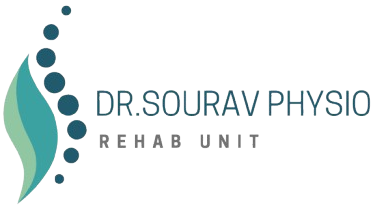Introduction
Physiotherapy is often associated with treating injuries, but its scope goes far beyond that. For patients of all ages—whether young athletes, working professionals, or elderly individuals—physiotherapy offers a pathway to better health, pain-free living, and long-term wellness. It is a holistic approach that doesn’t just focus on the problem area but works on the entire body to restore balance, strength, and mobility.
Understanding Physiotherapy
Physiotherapy is a healthcare discipline that uses scientific, evidence-based techniques to help patients recover from injuries, manage chronic conditions, and prevent future health issues. Unlike quick fixes such as painkillers, physiotherapy addresses the root cause of the problem, ensuring lasting results.
Physiotherapists rely on a combination of:
- Manual therapy (hands-on treatment for joints and muscles)
- Therapeutic exercises (customized movement plans)
- Electrotherapy (use of ultrasound, IFT, or TENS for pain management)
- Lifestyle modifications (guidance on posture, activity levels, and ergonomics)
Benefits of Physiotherapy for Patients
- Pain Relief Without Side Effects
Physiotherapy reduces reliance on painkillers, offering natural relief through movement and targeted therapy. - Improved Flexibility and Mobility
Patients with stiffness or limited range of motion find it easier to move freely after consistent sessions. - Faster Recovery After Injuries or Surgeries
Tailored rehabilitation programs help patients recover strength, stability, and confidence. - Prevention of Future Injuries
By strengthening muscles and correcting posture, physiotherapy reduces the risk of recurring problems. - Better Quality of Life
For elderly patients or those with chronic conditions, physiotherapy provides independence and dignity.
Real-Life Example
Imagine someone with a desk job who spends long hours sitting. Over time, they develop severe back pain. Instead of masking the pain with medicine, physiotherapy identifies the cause—poor posture and weak core muscles—and provides corrective exercises. Within weeks, mobility improves, and the pain reduces significantly.
Conclusion Physiotherapy is not just a treatment; it is a lifestyle investment. By helping patients overcome pain, regain movement, and build strength, physiotherapy creates a healthier, more active future.
